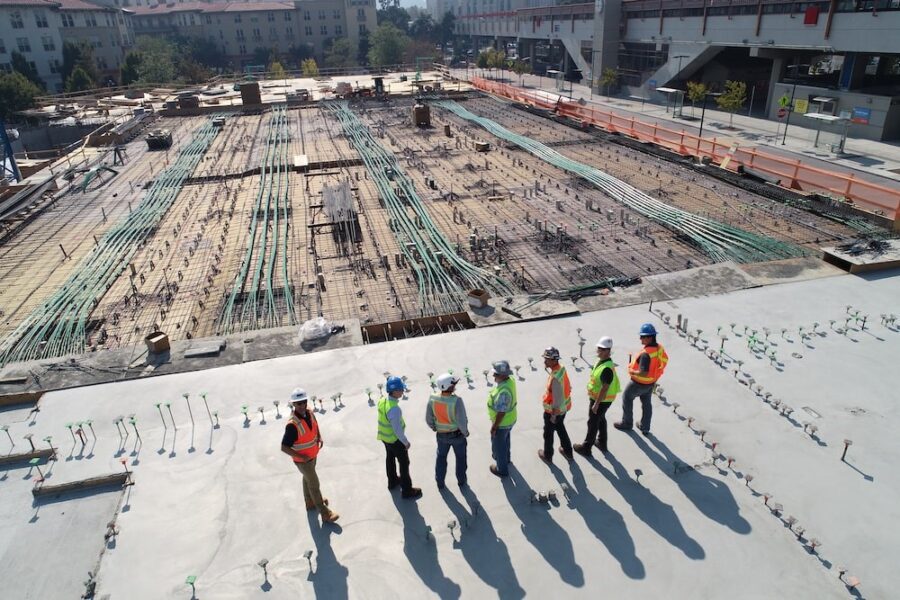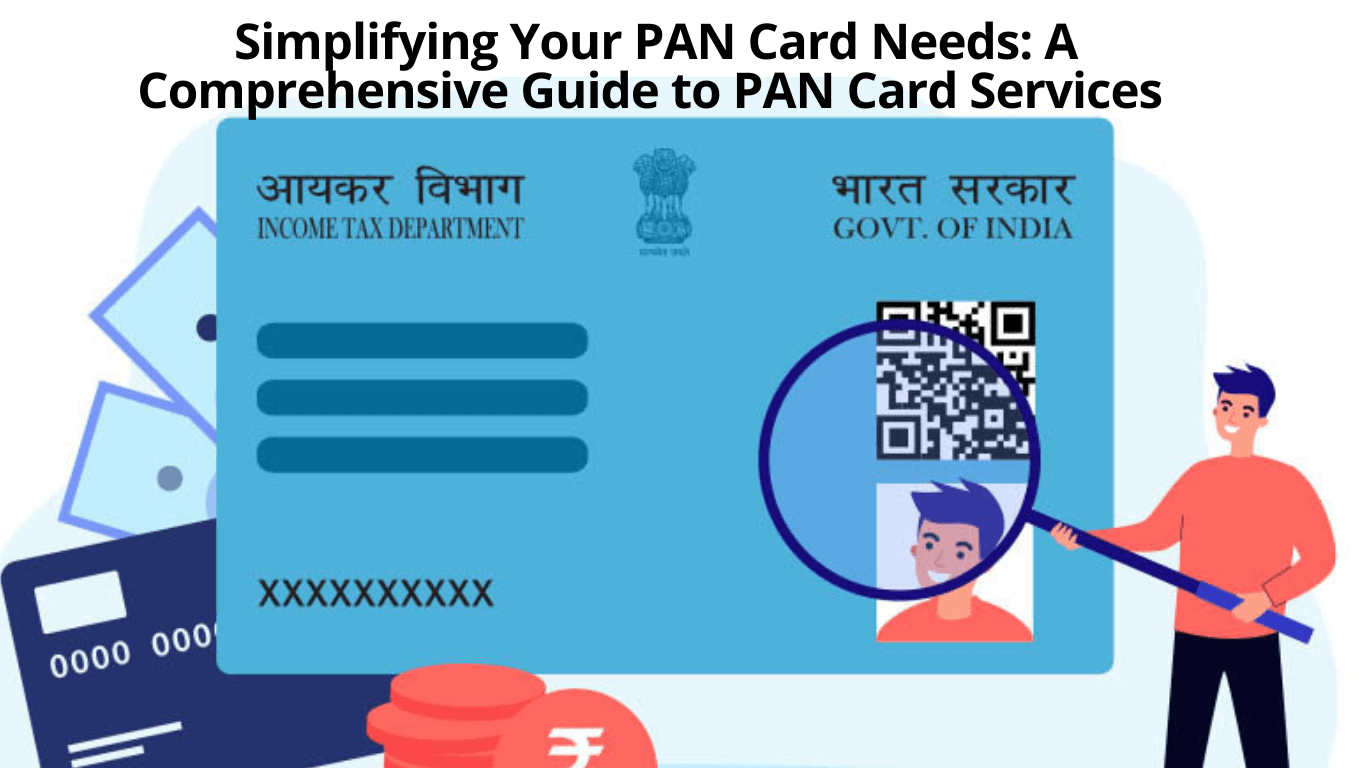If you’re buying a house and just can’t find the right one, you might want to consider building it yourself. For those who are intimidated by the cost of this project, you will be surprised to learn that it’s not that much more expensive than purchasing a similar property. More complex, sure, but more expensive, not necessarily.
Still, even if this is the way to go, how do you afford it? Well, this is what construction loans are designed for. Here’s what you should know about construction loans to get the right one.
What is a construction loan?
The construction loan merely covers the cost of construction. It is a form of specialty financing for the building with a shorter term and a higher APR. They are used by people who want to make the home of their dreams instead of just purchasing a property.
Often, the construction loan has only a one-year repayment term. Most construction loans are intended to cover the building process, which is why they are issued for 12-18 months. Once the construction is done, you can convert your construction loan into a full mortgage.
To make the long story short, the funding received with a construction loan is used to pay for the materials and labor necessary to build a home. You can even use it to purchase the lot that you’ll build the home. Those already owning the lot may use it as collateral for the construction loan.
What is included in a construction loan?
The expenses covered by a construction loan may vary from one issuer to another.
- The land lot you plan to build on is included in the construction loan. Just remember that not all loans cover this.
- The foundation and retaining walls are included in every single construction loan. This also includes the cost of excavation, which is worth mentioning.
- The highest unexpected cost of construction is the construction permits. When looking for a construction loan, it might be a good idea to check if they include permit fees. Don’t be fooled by the term itself; the average cost of all the permits combined is counted in thousands of dollars.
- Building materials are always included. Framing, insulation, drywall, flooring, doors, windows, etc. This is hardly surprising since even before you started with this list, you probably assumed that the construction costs cover this.
- So, are appliances included in the construction loan? Well, some of them are, especially major ones. You cannot buy a couch or bedroom furniture with the funds from your construction loan, but you could get a fridge or a washer.
- Before you are done, you must have the place appraised, inspected, etc. This should be covered by the loan, as well.
- A good construction loan can include contingency reserves. This is meant to help you with unexpected expenses.
Now that you know what a construction loan CAN include, you’ll have an easier time figuring out how good it is.
What are the types of construction loans?
There are two common types of construction loans:
One-time-close loans:
As we’ve mentioned, you may have to convert your building loan into a mortgage loan. A one-time close loan is there to give you all in one. This is a loan that envelops everything from construction to a mortgage. The problem is that they’re not always available. This is usually a 30-year-fixed loan, but it could also be a loan with an adjustable mortgage rate. While you might end up paying slightly more, the majority of users find this to be agreeable.
Two-time-close loans:
This is a more standard of the two options. It’s a short-term loan designed to help you out in the construction phase. After you’re done, you’ll have to settle on a permanent mortgage loan. To make the long story short, you’re virtually refinancing your construction loan upon the end of the construction process and negotiating new terms.
Each of these two types has advantages and disadvantages. While the first is more convenient, it may not be more cost-effective. Moreover, it may not even be available.
What do I need to get a construction loan?
You can’t get a construction loan just based on your word. You’ll have to pass a series of requirements and submit suitable paperwork. What you need are:
Qualified construction team:
The bank must know the construction is in safe hands before issuing you a loan. Since the cost of labor is one of the components of the loan, it’s natural that they’ll insist on the builder’s qualifications.
Construction plan:
A construction plan with as many details as possible is helpful. In fact, for the majority of lenders, it’s a non-negotiable requirement. For this, you’ll probably need a good architect.
Appraisal:
You’ll know the house’s value upfront when you apply for a house loan. Here, the problem is that the “product” still doesn’t exist. So, you need to get a professional appraiser to figure this out.
Down payment:
While the down payment is always big (20%), it can go as high as 25% in some scenarios. You need to prepare for this since it’s a major obstacle to overcome.
The sooner you start gathering all of this, the sooner you can apply. Remember, the approval won’t be immediate either, so time is of the essence.
How to choose the lender?
Now that you know everything that goes into the loan, and all that you’ll need to get, it’s pretty easy to pick the right loan.
Keep in mind that you also need to look for availability. Most construction loans are available locally, so some lenders may be completely unavailable.
Shopping around, getting quotes, and comparing lenders are also effective methods. This is a significant decision, and you shouldn’t make it lightly.
Wrap up
In the end, research does take much work but skipping research usually results in many regrets. Remember, this is not something that you’ll keep doing over and over again. If you do your job right, you get the right one, and you’re done with it.










